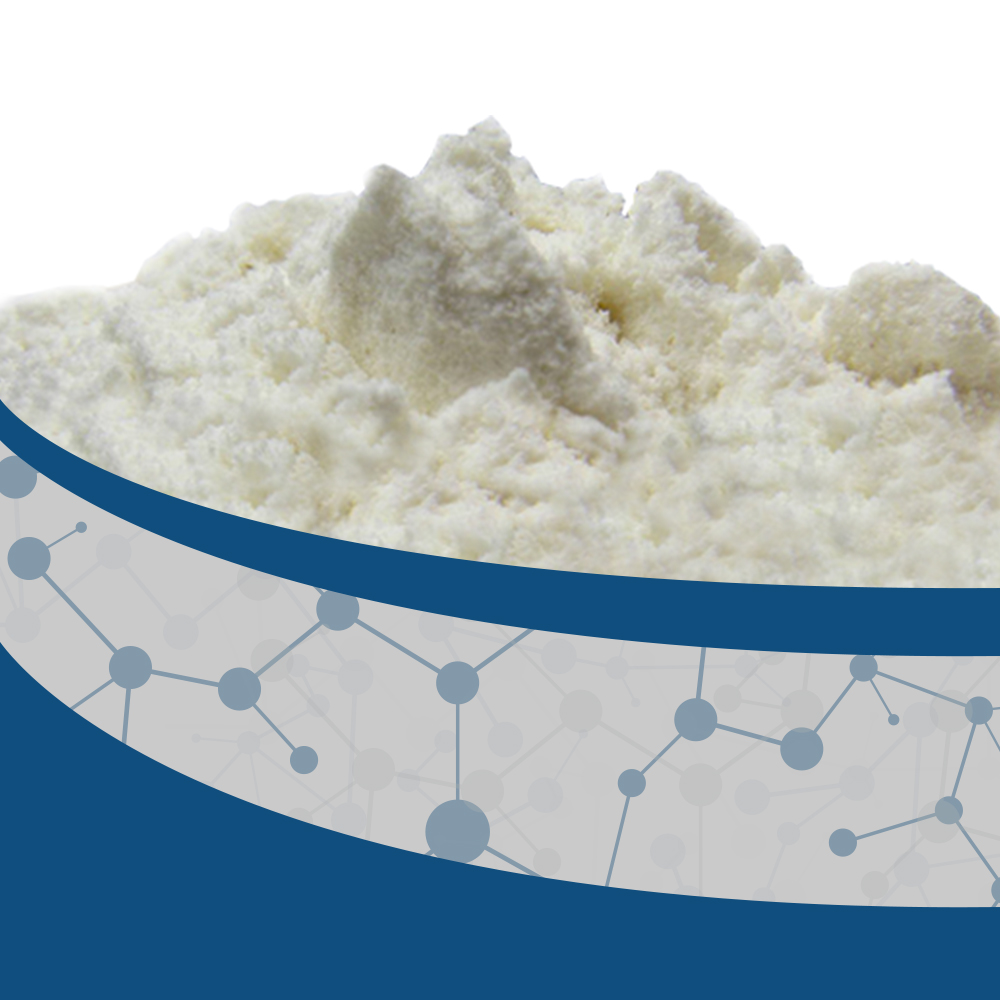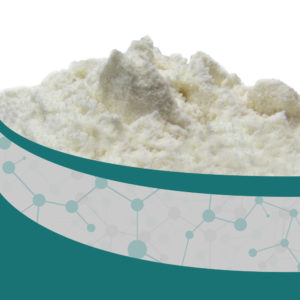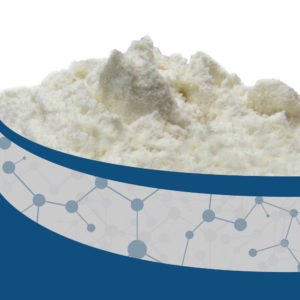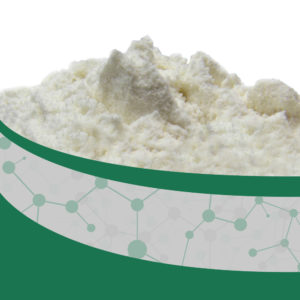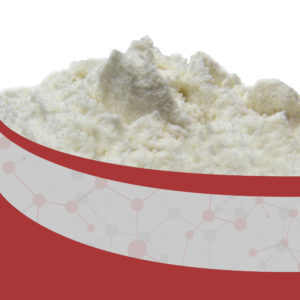Description
Loratadine is a part of second-generation antihistamines commonly prescribed for allergic symptoms. It works by antagonizing the action of histamine, the substance responsible for allergic symptoms. It is used to control symptoms of allergic rhinitis caused by pollens, dust, or any other allergen. It can help you carry out your activities without stressing about encountering your allergens. It is also used for the most common illness, cold or flu, to relieve sneezing, runny nose, and watery eyes. Loratadine helps alleviate itching and redness in skin allergic reactions like urticaria, wheal, etc.
BASIC INFO.:
- Model number:
- CAS number: 79794-75-5
- Name: Loratadine.
- Trademark:
- Specifications:
- Mf:
- MOQ:
- Sample:
- Transport Package:
- Original:
PRODUCT SPECIFICATIONS:
- Treatment and Function: Loratadine is an antihistamine (H1-receptor antagonist) without sedating properties, making it a commonly prescribed drug for both children and adults. Its primary function is to control all allergic symptoms related to any body part. Its main uses are allergic rhinitis, common cold, wheals, and urticaria. In all the cases mentioned above, loratadine mainly controls itching, redness, sneezing, runny nose, and watery eyes.
- Physical Form: White crystalline powder.
- Medicine Type: Human Drugs.
- Ingredients: Loratadine API.
- Recommended for: Various allergic reactions in children and adults.
- Storage: Store in a closed container at room temperature.
USES:
Loratadine is an approved antihistaminic drug used for controlling various allergic manifestations. It is commonly prescribed because it doesn’t cross the blood-brain barrier and is non-sedating. Its main action is to control all symptoms related to allergy by antagonizing the action of histamine on H1 receptors( in bronchioles, blood vessels, and GIT). It prevents itching, redness associated with allergic urticaria, rhinitis, and common cold symptoms.
CHEMICAL COMPOSITION:
Ethyl 4-(13-chloro-4-azatricyclopentadeca-1,3,4,6,12,14-hexaen-2-ylidene)piperidine-1-carboxylate is the chemical name of loratadine and the chemical formula for it is C22H23ClN2O2. Carbon, Hydrogen, Nitrogen, Oxygen, and Chlorine make it up.
PRODUCT APPLICATION:
Loratadine is a tricyclic antihistamine. Loratadine is a helpful product used by doctors to treat allergic symptoms in their patients. Loratadine helps treat allergic rhinitis, urticaria, common cold, and other allergic, dermatological symptoms. It is a preferred drug for allergy due to its non-sedating property.
PHYSICAL AND CHEMICAL PROPERTIES:
- Melting Point – 134-136°C
- Density – 1.3±0.1g/cm3
- Form – Solid.
- HS Code – 30049039
- Color – White to off-white.
- Molecular Weight – 382.9g/mol
- Solubility – Poorly soluble in water.

